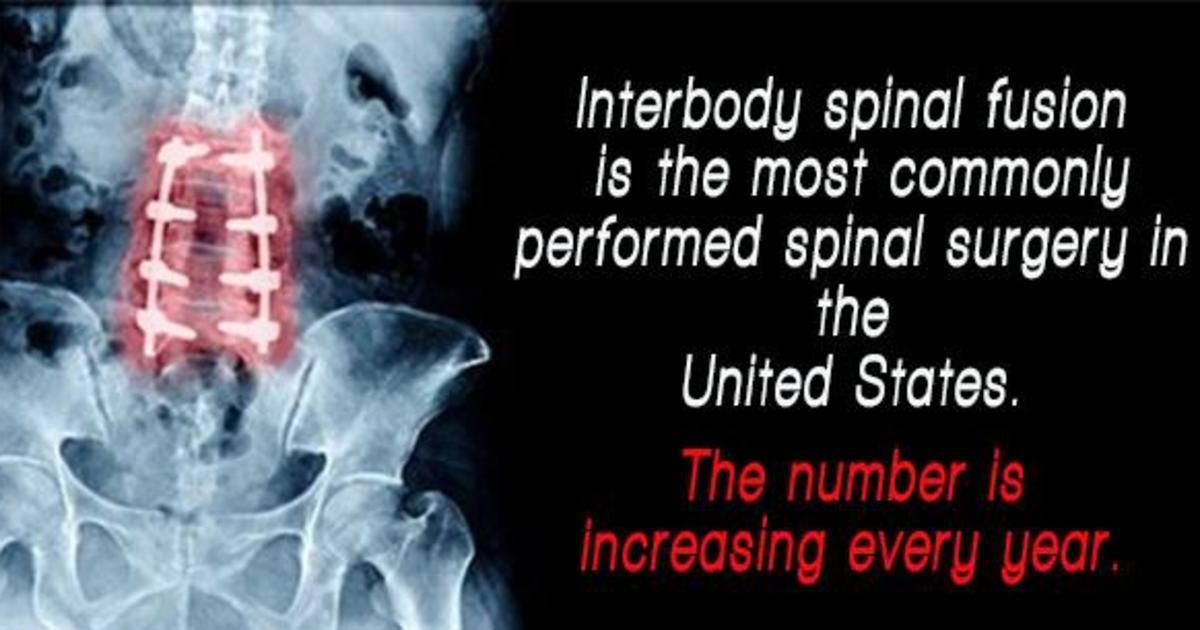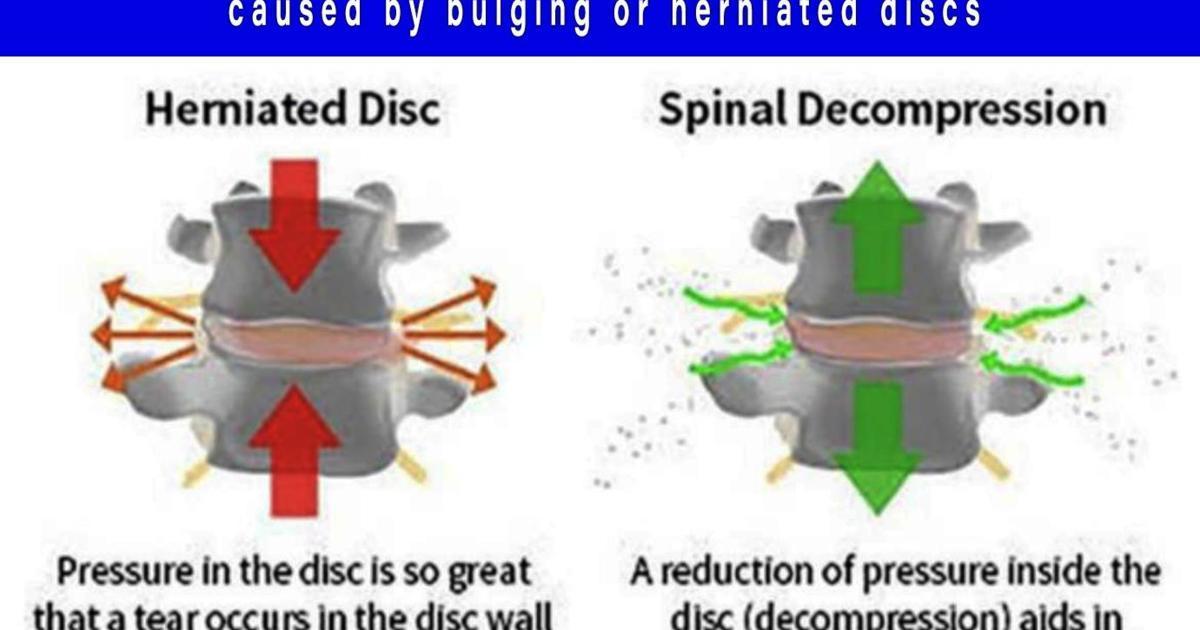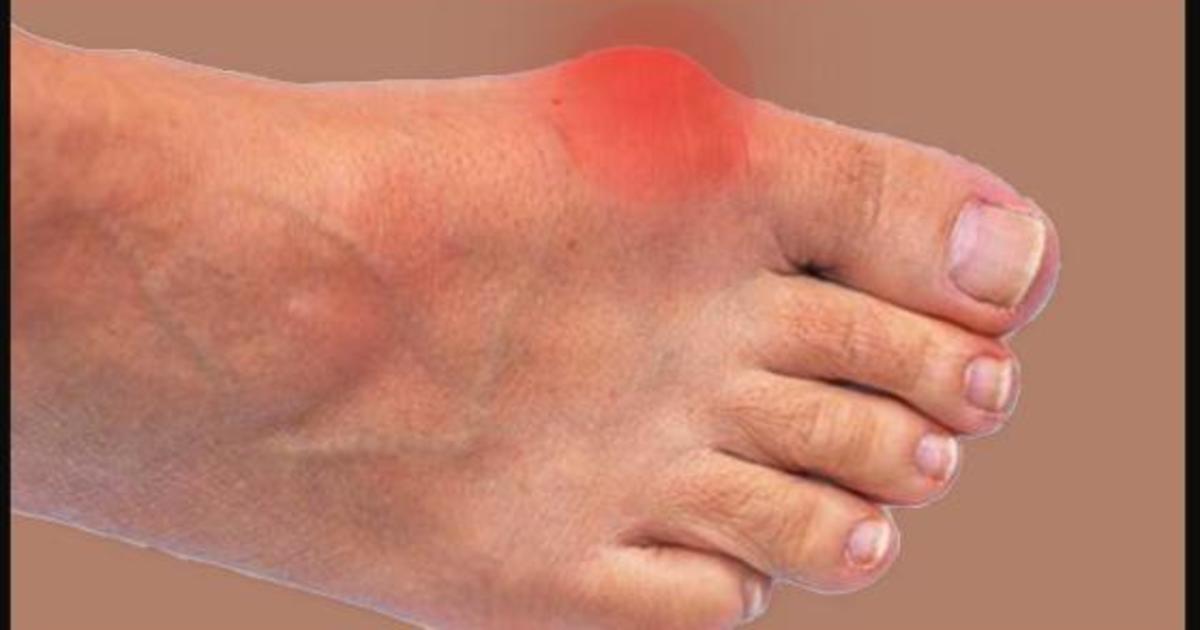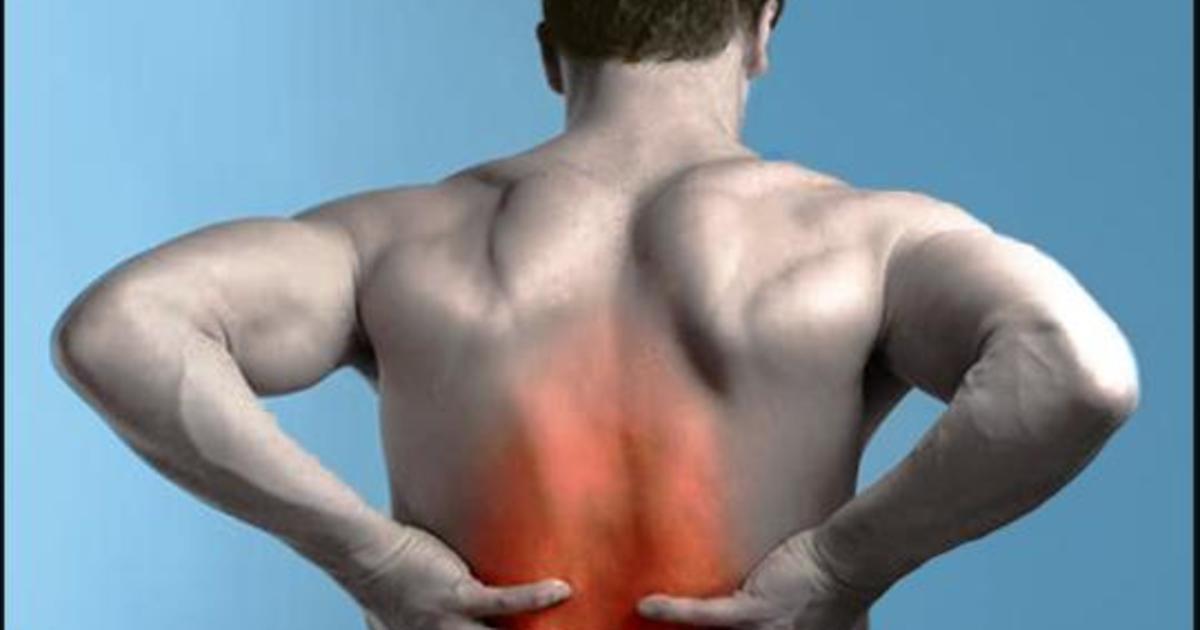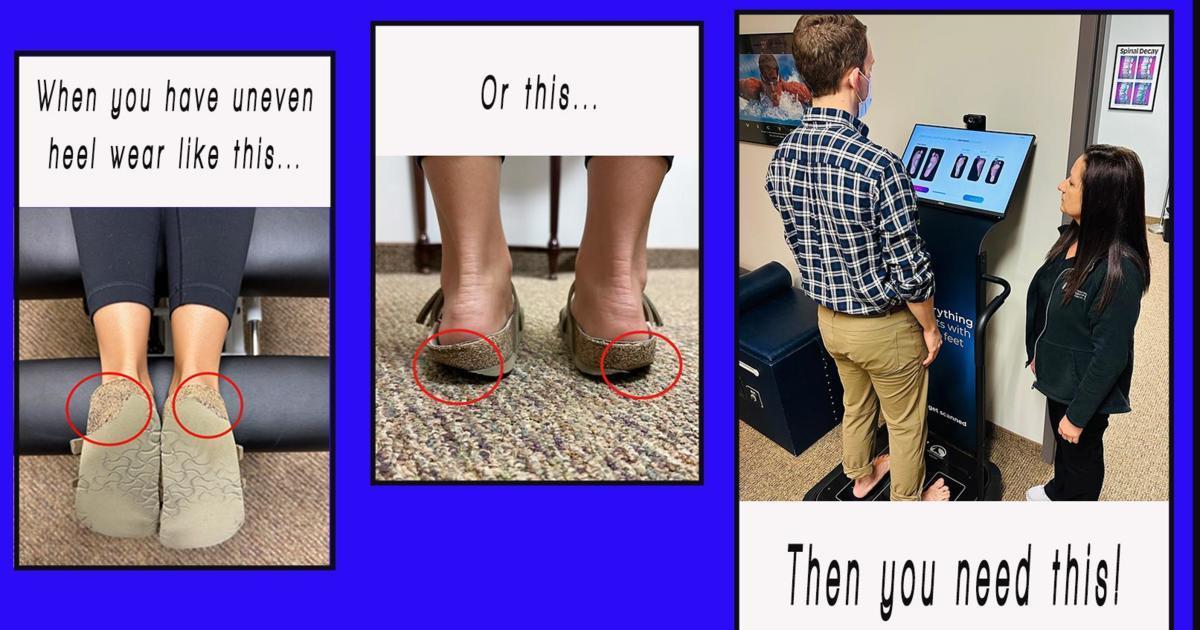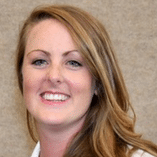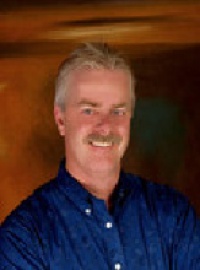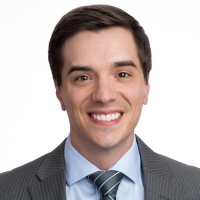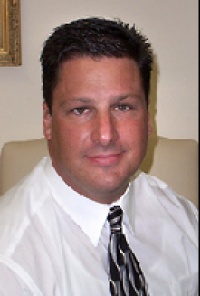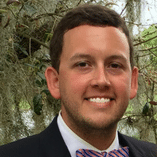
Dr. Parker Andrew Neill D.C.
Chiropractor
3750 NW Cary Parkway Suite 105 Cary NC, 27513About
Education
Dr. Parker A. Neill, a native of Alabama, received his Baccalaureate from the University of Alabama at Birmingham. He received his Doctor of Chiropractic from Palmer College of Chiropractic in Port Orange Florida. Dr. Neill graduated Magna Cum Laude & received the academic excellence award. He is a past President of the Palmer’s Motion Palpation Club & served as a Representative for the Motion Palpation Institute.
Philosophy
He is a strong advocate for the wellness & prevention model of health.
Continued Commitment to Excellence
Dr. Neill is committed to continued education to stay on the cutting edge & provide the highest level of treatment for our patients. He has additional training in various soft tissue modalities such as FAKTR, RockTape, Myofascial release & COX Flexion/Distraction Technique for patients with intervertebral disc problems. He is Certified in Dry Needling.
Certified Chiropractic Sports Physician
Dr. Neill is a Board Certified Chiropractic Sports Physician. The rigorous ACBSP Certification Program is designed to assess & objectively measure the professional knowledge & competency of chiropractic doctors, physicians & practitioners engaged in the specialty of chiropractic sports medicine.
In order to become certified as a Chiropractic Sports Physician (CCSP), each candidate must satisfy all educational eligibility requirements established by the ACBSP Board and must demonstrate an acceptable and appropriate level of understanding and knowledge in all subject areas tested by the CCSP Certification Examination. All individuals certified by the ACBSP Certification Program must also demonstrate an ongoing professional commitment to the field of chiropractic sports medicine.
Certified International Federation of Sports Chiropractic Practitioner
Dr. Neill is Board Certified by the International Federation of Sports Chiropractic (ICSC).
The ICSC qualification is the highest level of achievement in international chiropractic sports medicine. Dr. Neill completed postgraduate classes in sports medicine, including concussion diagnosis & management.
As the leaders in sports chiropractic, the ICSC strives to provide equitable access to sports chiropractic care, education, mentoring & research to all athletes & sports chiropractors regionally, nationally, & internationally. The ICSC maintains relationships with International Sporting Federations, Educational Institutions with a chiropractic program & more than 26 National Chiropractic Sports Councils (NCSC) across the globe.
This certification is awarded to those who have completed a series of hands-on & virtual training sessions & achieved a Master's Degree in Sports Rehabilitation &/or Board Certification with the American Chiropractic Board of Sports Physicians.
Education and Training
Palmer College of Chiropractic DC 2017
Board Certification
American Chiropractic Board of Sports Physicians
Provider Details

Dr. Parker Andrew Neill D.C.'s Expert Contributions
Proven Relief From Chronic Back Pain
Research has shown spinal decompression therapy is successful in 71%-89% of patients. More than 10 different research studies have been conducted with all of them showing positive results for patients treated with spinal decompression.At the 18th Annual Meeting American Academy of Pain Management in...
Non-surgical Spinal Decompression Stimulates Healthy Disc Function!
A common cause of degenerative spinal conditions is the reduced production of important nutrients in the spine. Spinal Decompression Therapy has been shown to promote increased nutrition production in the spine, which enhances healing while reducing pressure. This process helps eliminate pain &...
Is It a Herniated Disc?
There are a few symptoms typically associated with disc herniations. These can range from mild to severe. Believe it or not, it is also common to have a herniated disc without any symptoms at all!Here are the 12 most common herniated disc symptoms: 1. Pain2. Muscle weakness3. Sciatica4. Tingling5....
Spinal Fusion Surgery often leads to Adjacent Segment Disease
Adjacent segment disease (ASD) is a spinal disorder that may develop after surgical spinal fusion.The spinal column is a stack of motion segments, each unit consisting of a sandwich made up of a vertebrae above, a disc in the middle & a vertebrae below. Motion segments work as a unit to absorb...
Finding Relief from Chronic Low Back Pain
Chronic Low Back Pain (CLBP) affects millions of adults worldwide, with cases skyrocketing over 100% in the last decade. Accounting for approximately 5 - 10% of low back pain cases, CLBP is the 2nd leading cause of disability, imposing a substantial burden on both health systems & economies.The...
Effective Surgical Spinal Fusion Alternative
Spinal fusion is a surgical procedure that connects two or more spinal bones to restrict movement & alleviate pain. The surgeon inserts bone or a bone-like material between the spinal bones, often using metal plates, screws, or rods to facilitate fusion.Why it's done: Spinal fusion aims to...
Spinal Decompression Therapy, Not Back Surgery
Back surgery, when necessary, can be a godsend for people suffering from pain. However, surgery should generally be one of the last treatment options considered due to the associated risks. Although not common; bleeding & infection, heart attack, stroke, blood clots, nerve damage, reactions to...
Lasting Back Pain Relief Without Medications!
Spinal Decompression Therapy offers a safe & effective method of pain relief without the known risks associated with addictive prescription drugs. No patient starts taking doctor-prescribed painkillers with the intention of becoming addicted. Instead, these medications are sought to address...
Skip the Back Surgery with Spinal Decompression Therapy!
Spinal decompression therapy targets specific vertebral joints utilizing sophisticated, computer controlled traction to deliver gentle & painless treatment for injured spinal discs. Through targeted distraction of vertebral joints, treatment creates negative pressure within the discs. This...
Effective Treatment for Neck, Upper Back, and Arm Pain
Cervical disc herniation is a common cause of neck, upper body, & arm pain. Pain may feel dull or sharp in the neck, upper chest, or between the shoulder blades. Pain may be felt radiating down the arm. Numbness/tingling are typical & sometimes include muscle spasms. Family doctors...
Spinal Decompression Therapy is Beneficial in Reducing Back Pain, Sciatica & Leg Weakness
A study was conducted involving patients reporting an average of 10 years of chronic lower back pain. Researchers found that following 2 weeks of decompression treatment; there was a 50% reduction in pain scores. After the completion of the 6-week protocol, success rates of 88.9% were documented....
The Healing Power of Spinal Decompression Therapy
Bulging or herniated discs can cause substantial pain & disability, significantly impacting overall quality of life. Fortunately, Spinal Decompression Therapy presents a non-invasive & highly effective solution.Over the course of time, our spines commonly compress due to various factors...
Do I Have Piriformis Syndrome or a Bulging Disc? The Correct Diagnosis Is Critical!
Piriformis Syndrome & a bulging disc share very similar symptoms. Both conditions manifest with buttock pain & may cause pain radiating down the sciatic nerve into the leg. Additionally, they both may lead to:• Tingling or numbness in the buttocks & legs• Sleep issues• Pain with...
Non-Surgical Treatment for Formanal Stenosis
Formanal stenosis refers to a narrowing of the opening in the spine for the nerves that exit our spinal cord & travel into the body. Nerve impingement due to neural foraminal stenosis can damage the nerve, which is a serious problem.The causes of foraminal stenosis include:• Injuries•...
Sciatica Pain Relief
The most common causes of sciatica don’t involve direct injury to a sciatic nerve itself, but rather to the nerves higher in the spine that join to form the sciatic nerve.Sciatica pain typically follows a path on one side of the body that extends from the lower back to the buttock to the back of a...
What is Foot Drop or Drop Foot?
Foot drop is a condition commonly caused by nerve compression that may start gradually or appear suddenly; making it difficult to stand, walk, or lift the affected foot.Foot Drop Symptoms:• Tripping. Weakness in the muscles of the foot & toes may result in frequent tripping.• Falls. It is...
The Hidden Costs of Chronic Back Pain
Research has shown that lower back pain is the “leading cause of activity limitation & work absence throughout much of the world.” Low back pain costs are directly linked to health care utilization, loss of work productivity & disability. In fact, healthcare costs for back pain can be...
Effective Alternative to Back Surgery
Back surgery is sometimes necessary, but it should rarely be the first choice. This is because most back pain will respond to conservative care. In fact, in most cases; conservative care should be exhausted before submitting to spinal surgery. At Triangle Spinal Decompression, we treat patients...
Surgical Spinal Fusion Often Leads to Adjacent Segment Disease
The spinal column is a stack of motion segments, each unit consisting of a sandwich made up of vertebrae above, a disc in the middle, and a vertebrae below. Motion segments work as a unit to absorb & distribute forces similar to the shock absorbers on a car. If one of the shocks is damaged or...
Persistent Neck, Shoulder or Arm Pain May be due to an Undiagnosed Herniated Disc!
Herniated discs in the neck can lead to various symptoms. Understanding the key indicators and their association with the disc's location is crucial for timely diagnosis and treatment.Neck Pain: Cervical herniated discs primarily cause pain at the back or side of the neck. The intensity ranges from...
What are the 4 Most Common Back Surgeries & Is There a Safe Alternative?
The four most common back surgeries are discectomy, foraminotomy, laminectomy, and spinal fusion. 1. Discectomy – Either a portion or the entire damaged disc is removed. If the whole disc is removed, an artificial disc may be inserted to help keep the spine stable. Often performed due to...
Relieving a Herniated Disc with Spinal Decompression Therapy
Back pain affects more than 80% of Americans at some point in their lives. For those dealing with issues like slipped/herniated discs, sciatica or other spinal compression problems, Triangle Spinal Decompression offers effective treatment.Spinal decompression therapy is a non-surgical approach...
A herniated disc (HNP) in the lower back can cause various sensations & pain.
Typical symptoms:...
Surgical Spinal Decompression vs. Non-Surgical Spinal Decompression Therapy
Spinal decompression surgery is aimed at relieving symptoms caused by the compression of the spinal cord or nerve roots. Symptoms include persistent back or neck pain & radiating limb pain, known as radiculopathy.Spinal decompression surgery involves various techniques:...
Easing Bunion Pain & Discomfort With Chiropractic Care
Bunion (hallux valgus)—a condition where the joint at the base of the big toe shifts out of place—is not only painful but also can lead to severe discomfort. This joint, responsible for supporting body weight while walking, is prone to misalignment due to abnormal pressure & motion.Bunions,...
Non-Surgical Spinal Decompression: Treating Upper Back Herniated Discs
A herniated disc in the upper back (thoracic spine) can be a debilitating & excruciating condition. While not common, herniation can result in pain, numbness & weakness in the affected area. While traditional treatment options vary based on severity, there's a cutting-edge alternative that's...
How Did I Get a Herniated Disc?
Herniated discs might sound complicated, but they're fairly common! They are associated with a lot of pain & discomfort. To understand why they happen, we need to explore things that come together to cause them.Think of your spine like a stack of building blocks. Between these blocks, there are...
Understanding Post-Workout Muscle Soreness: The Good and the Cautionary
Feeling muscle soreness after a workout validates your effort. However, when discomfort turns to borderline pain, it's time to heed your body's warning. Known as delayed onset muscle soreness (DOMS), it's a normal response to intense exercise. Micro-tears in muscle fibers cause inflammation and...
Discover Dry Needling
Since the 1980s, dry needling has involved careful placement of hair-thin needles into myofascial trigger points which are small muscle knots that are highly sensitive & painful to the touch. This procedure relieves pain, improves joint range of motion and addresses neuromuscular conditions. Dry...
The Importance of Staying Active
Staying active is one of the best ways to keep healthy; improving our overall well-being & quality of life!Good physical health is having bodily functions & processes working at their peak, not merely the absence of disease. Being physically healthy feels like having ample energy, physical...
What is Degenerative Disc Disease (DDD)?
There are about 23 discs in the spine. The discs are the shock absorbers of the frame & allow for spinal column movement. These discs make up 25-34% of the total spinal column’s length. Interestingly, the intervertebral discs have no blood supply. The nutrients they require is absorbed from...
Uneven Shoe Wear Patterns May Indicate Weightbearing Problems
The wear pattern of your shoes can provide important clues to how your weight is distributed on your feet. Many people don’t know there is a relationship btwn low back, hip & knee pain & biomechanical foot dysfunction. This is because our feet are the foundation for the musculoskeletal...
Chiropractic Care for Children: Unlocking the Benefits
Every year, over 60 million U.S. children aged 6 - 18 participate in organized sports. Shockingly, sports/recreation-related injuries reach 8.6 million annually. The highest injury rates are among males & kids aged 5 - 14 yrs. Musculoskeletal injuries; sprains/strains, growth plate &...
Studies Show That Many-Most People Have Hidden Musculoskeltal Problems
For most people, the daily effects of aging pass by unnoticed. We pretty much feel like we felt yesterday. Wear & tear changes generally occur with little or no pain. Conversely, if there are symptoms from these degenerative processes; they are often tolerated, ignored or covered up. However, as...
Alternative to Opioids
If you're one of some 26 million Americans who live with frequent back pain, relief is likely at the top of your wish list. On an average year, approx 39% of U.S. adults state they have had significant back pain within the past 3 months. Pain that disrupts daily routines & brings down the...
The Benefits of Therapeutic Ultrasound & Electrical Stimulation
Chiropractic Physicians specialize in the diagnosis, treatment & management of musculoskeletal pain & injury. We enjoy a high rate of success & high patient satisfaction because we holistically address BOTH joint function & the muscular component of the problem.Swank Chiropractic...
Can a chiropractor help a bulging disc in lower back?
Yes, Chiropractors can usually help with a bulging disc. Chiropractic care focuses on the musculoskeletal system & spinal health, which can be beneficial for individuals with bulging discs. The first step is receiving a proper diagnosis. This involves a thorough physical exam & often advanced imaging by MRI or CT, to confirm the condition's severity & rule out other underlying issues. In most cases, conservative chiropractic care will prove beneficial for patients suffering with a bulging disc. Severe cases are referred or co-managed with medical specialists. Chiropractors use non-invasive techniques such as spinal adjustments along with physiotherapy techniques to alleviate pain & symptoms, improve mobility & reduce pressure on the affected disc. As patients improve, Chiropractors expand care to include exercises, stretching & rehabilitation programs aimed at strengthening the surrounding muscles & improving posture. These additional measures help relieve pressure on the bulging disc & reduce pain over time. In cases where spinal manipulation alone is not yielding the desired results, Swank Chiropractic Sports Medicine offers non-surgical spinal decompression therapy. This technique involves using a sophisticated, computer controlled table that gently stretches & decompresses the spine, creating negative pressure around the affected disc. This promotes the retraction of the bulging disc material & alleviates pressure on nerves, offering relief to patients who have not responded to manual adjustments. It is estimated that 95% of bulging discs do not require surgery. Therefore, it simply makes sense to start with conservative care. Plus, Chiropractors successfully treat bulging discs without the use of addictive prescription drugs! READ MORE
Can chiropractors work on bunions?
Chiropractic Care: Easing Bunion Pain & Discomfort Bunion (hallux valgus)a condition where the joint at the base of the big toe shifts out of placeis not only painful but also can lead to severe discomfort. This joint, responsible for supporting body weight while walking, is prone to misalignment due to abnormal pressure & motion. Bunions, often hereditary, can also result from walking patterns & footwear choices. Dr. Neill points out that woman are more susceptible, especially with age. Flexibility in joints seems to provide some tolerance, while stiff joints or arthritis exacerbate the pain & could lead to earlier onset. Bunions need not always necessitate surgery. Dr. Neill presents a range of alternatives to ease discomfort & potentially slow the condition's progression: 1. *Custom Orthotics:* Tailored shoe inserts position the foot correctly, alleviating pressure. 2. *Appropriate Footwear:* Well-fitting shoes with ample toe space are essential. 3. *Chiropractic Interventions:* Chiropractic adjustments of the feet can increase movement & align affected bones. 4. *Protective Measures:* Gel-filled pads or moleskin may be helpful. 5. *Night Splints:* Wearing splints at night, with professional guidance, may provide relief. 6. *Physiotherapy:* Therapeutic ultrasound, interferential current, dry needling, heat or ice packs & massage decrease pain. 7. *Weight Management:* Maintaining a healthy weight reduces pressure READ MORE
How do you get rid of leg pain after working out legs?
Feeling muscle soreness after a workout validates your effort. However, when discomfort turns to borderline pain, it's time to heed your body's warning. Known as delayed onset muscle soreness (DOMS), it's a normal response to intense exercise. Micro-tears in muscle fibers cause inflammation and pain, peaking 24-72 hours after workouts. This process drives muscle growth and strength. Excessive soreness isn't a shortcut to results. Eccentric exercises trigger more soreness. But remember, moderation is key. Differentiate between types of soreness: DOMS, acute during exercise, and injury pain. Gentle activity aids recovery, avoiding overworking sore muscles. For relief and prevention: - Light movement boosts circulation and healing. - Hydration reduces waste product accumulation. - Gentle stretching eases tension and improves range. - Protein aids muscle repair and growth. - Heat or ice can alleviate discomfort. - Self-massage via tools like foam rollers helps. - Adequate sleep supports muscle recovery. Preventing DOMS means gradual progression and cautious introduction of new exercises. Listen to your body. Seek medical attention for severe symptoms. Achieving a balance between pushing limits and effective recovery is the goal. READ MORE
Can going to the chiropractor relieve stress?
Chiropractic care can help with some of the effects of stress; muscle tension, headaches, pain, etc. This is because there is clinical evidence that when people have chronic muscle tension, their brains perceive that they are under stress. Stress equals tension, therefore, tension equals stress. Plus, constant pain is stressful. Chiropractic care should be a part of stress management. Additionally, it is equally important to determine what the stressors are in your life. Once accomplished, change or eliminate as possible. Other lifestyle choices are helpful; exercise, relaxation, proper diet & eliminating unhealthy habits (too much alcohol, withdrawal, too much sleep). Hope this helps! READ MORE
Areas of expertise and specialization
Faculty Titles & Positions
- Owner Swank Chiropractic Sports Medicine 1 - Present
Professional Memberships
- North Carolina Chiropractic Association
- American Chiropractic Association
- American Chiropractic Board of Sports Physicians
- International Federation of Sports Chiropractic
Dr. Parker Andrew Neill D.C.'s Practice location
Swank Chiropractic Sports Medicine & Wellness
3750 NW Cary Parkway Suite 105 -Cary, NC 27513Get Direction
Triangle Spinal Decompression
3750 NW Cary Pkwy 105 -Cary, NC 27513Get Direction
Dr. Parker Andrew Neill D.C.'s reviews
Write ReviewRecommended Articles
- Scoliosis Pain: Treatment, Management, and Exercises
Scoliosis is a serious condition that often occurs more in females than in males. The condition itself can be hard to diagnose at the start, which is why the healthcare professional will subject the patient to several tests, including asking them to touch their toes as well as to find out if their...
- Everything You Need to Know About Disc Herniation
The spine is comprised of bony vertebrae separated by intervertebral discs. The lumbar spine consists of five vertebrae numbered L1 to L5. These vertebrae are attached to the tail bone (sacrum) at the lower end of the spine. The spinal cord runs within the vertebrae. The intervertebral discs act...
- What Causes Tingling in Feet?
IntroductionA tingling sensation in the feet is a common concern among people. This sensation tends to be a similar feeling to the pins and needles effect. Some people may even feel pain and numbness in their feet along with a tingling sensation, which can be bothersome. However, it is not usually a...
- Scapula and Winged Scapula: Anatomy, Function, Injuries, and Defects
Anatomy of the ScapulaThe scapula is a triangular flat bone, which is also known as the shoulder blade. It lies in the upper back between the second and eighth rib. It connects the upper limb to the trunk and articulates with the humerus or upper arm bone. The articulation takes place at the...
- What Causes Lower Back Pain?
Basically anyone can experience lower back pain but studies have shown that adults of age 30 to 60 years tend to have a higher chance of experiencing back pain. Nevertheless, no one is safe from lower back pain.Lower back pain can be caused by a variety of problems with any parts of the complex,...
- Treatment Options for Back Pain
Back pain is a very common condition, especially among the elderly group. It can vary from a dull constant back pain to a very sharp pain, which may disrupt your daily routine. Back pain can be either acute or chronic. This classification of back pain is essential especially when it comes to...
Nearby Providers
- Dr. Abigail Lynn Swank DC3750 NW Cary Parkway Cary NC 27513
- Dr. Timothy Allen Swank D.C.3750 NW Cary Pkwy Cary NC 27513
- Dr. Luke Andrew Gibson D.C.3750 NW Cary Pwky Cary NC 27513
- Dr. Christopher R. Outten D.C.401 High House Rd Cary NC 27513
- Dr. Zahra Mohammadi D.C.1316 Umstead Hollow Pl Cary NC 27513
- Dr. Linda Ann Foglia D.C.916 Ne Maynard Rd Cary NC 27513
Nearest Hospitals
DUKE HEALTH RALEIGH HOSPITALl
3400 WAKE FOREST RD RALEIGH NC 27609WAKEMED, CARY HOSPITALl
1900 KILDARE FARM ROAD CARY NC 27518DUKE HEALTH RALEIGH HOSPITALl
3400 WAKE FOREST RD RALEIGH NC 27609WAKEMED, CARY HOSPITALl
1900 KILDARE FARM ROAD CARY NC 27518




